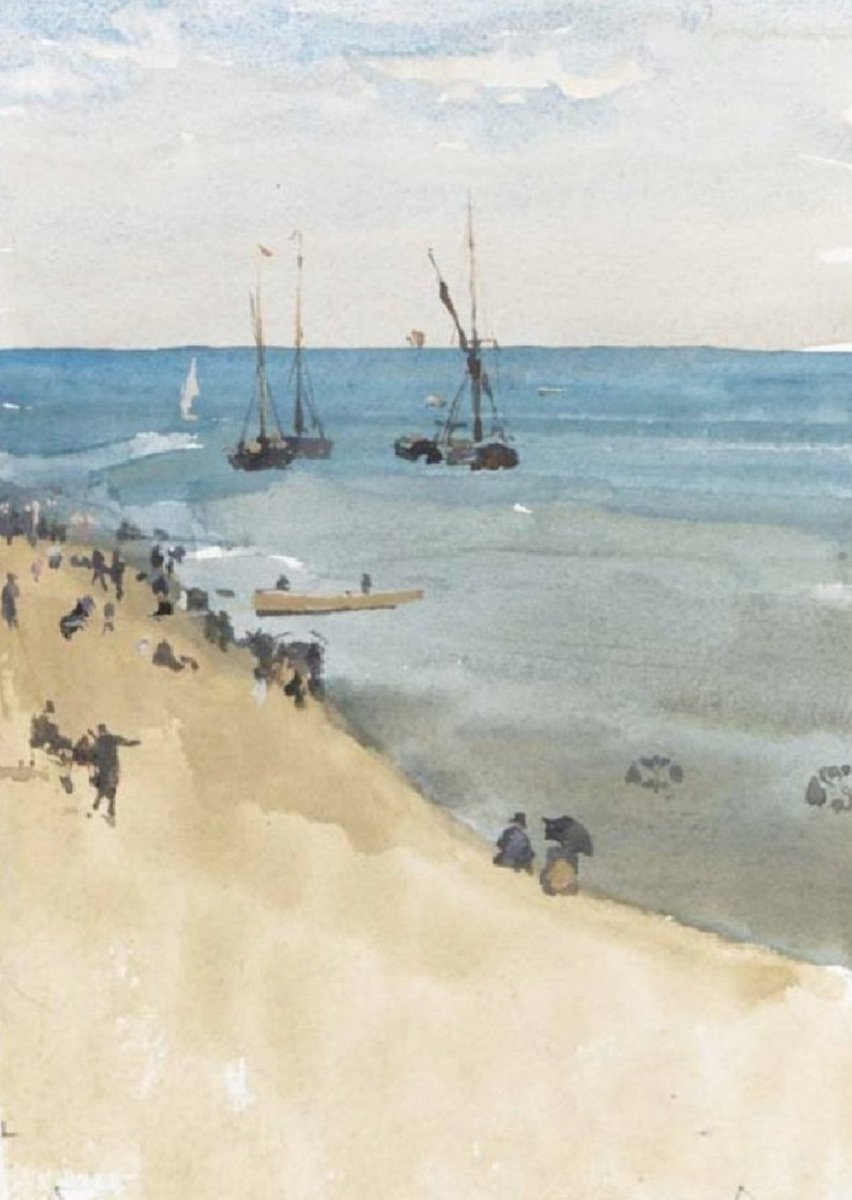
Richard Morris
@ahistoryinart
Art historian, dealer/art consultant 19thC and 20thC British/European art. Founder: Everyone's Art. Seen on: CNN, NBC, Sky TV, The Times etc
ID: 817314251996069893
http://richardmorris.org 06-01-2017 10:17:57
39,39K Tweet
80,80K Takipçi
565 Takip Edilen







































